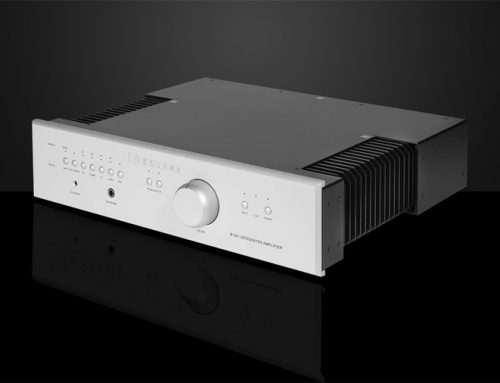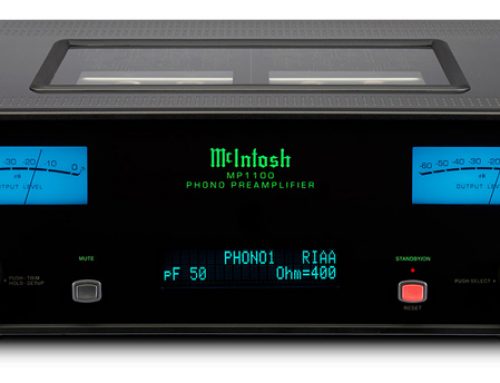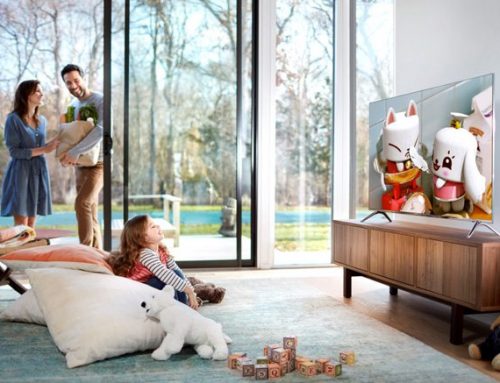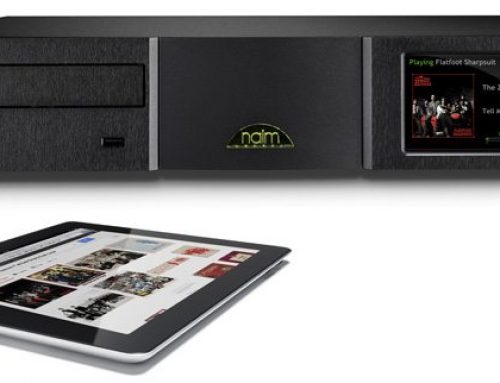Conventional Speakers
In general, conventional speakers that combine cone woofers and dome tweeters in a properly designed cabinet produce the best sound. Some higher-end speakers may use horn or ribbon tweeters. As a result, conventional speakers are the speakers of choice for audio enthusiasts and serious audiophiles.
The cabinet or enclosure plays an important role in a speaker’s design because it has a major effect on a speaker’s overall sound. A good-quality cabinet should be rigid, well braced and internally dampened to reduce resonances that can colour the speaker’s sound. A simple knock on the cabinet can give you a good idea of how dampened the cabinet is. Good quality cabinets tend to be solid and heavy.
Most floor-standing, bookshelf and centre channel speakers are made of medium density fiberboard (MDF). Some high-end speaker cabinets are made of wood or other premium materials. The size of the cabinet is also important, especially when it comes to reproducing the lower frequencies.
A speaker enclosure can be either ported (bass-reflex design) or sealed (acoustic-suspension design). In a bass-flex design, the port in the back of the speaker is tuned to a frequency that allows some of the sound from the back of the woofer to reinforce the bass frequencies from the front of the woofer. In an acoustic-suspension design, the sound from the back of the woofers is dissipated inside the speaker enclosure.
Centre and Surround Speakers
The centre channel speaker is responsible for the majority of a movie’s dialogue as well as sound effects and the movie soundtrack. Two important factors should be considered about a centre channel speaker, namely timbre matching and off-axis performance. Timbre matching is the centre channel’s ability to match the sound characteristics of the main left and right channels. When a sound pans side to side across the front, it should not change its characteristics as it passes through the centre channel. Off-axis performance refers to the sound of the speaker when you are not sitting directly in front of it. All the seats in your room, no matter how far to the left of right of the centre channel, should hear the same performance.
The surround left and right speakers can be either direct-radiating bookshelves (monopole design) or diffuse-radiating dipole or bipole designs. Monopole speakers are great at precisely positioning sound effects but not the greatest at creating a sense of envelopment. Both dipole and bipole speakers have tweeters located on both sides of the woofer. In a dipole design, the woofer and the tweeters are wired out-of-phase which produces enveloping sound but not very good for precise sound positioning. In a bipole speaker design, the woofer and the tweeters radiate in-phase. Bipole speakers combine the best of direct-radiating and diffuse-radiating designs. They produce an enveloping sound and have the ability to position sounds around the room.
Satellite and Subwoofer Packages
It is almost impossible for us to determine the direction of sound below 100 Hz. Satellite and subwoofer package designers use this knowledge to their advantage. The satellite speakers reproduce the middle and high frequencies, while the subwoofer takes care of the bass.
What makes satellite speaker and subwoofer sets attractive is that they are much more compact than conventional speakers. This allows them to be placed in virtually any room, no matter how small.
Most satellite speaker enclosures are not made out of MDF. Instead plastic, metal or composite materials are used for enclosures allowing them to take attractive, unique styling and finishes. Some subwoofer enclosures are also constructed out of materials other than MDF.
These speaker systems work well in creating small to medium home theatre sound but generally cannot compete with conventional full-range speakers especially when it comes to music playback.
A package that includes satellite speakers, a subwoofer and an A/V receiver is called a Home-Theatre-in-a-Box (HTIB). These systems are great for people looking for a simple home theatre solution with a smaller budget. HTIBs are usually much easier and quicker to set up than individual component systems. The downside of an HTIB is that they are usually not upgradeable.





